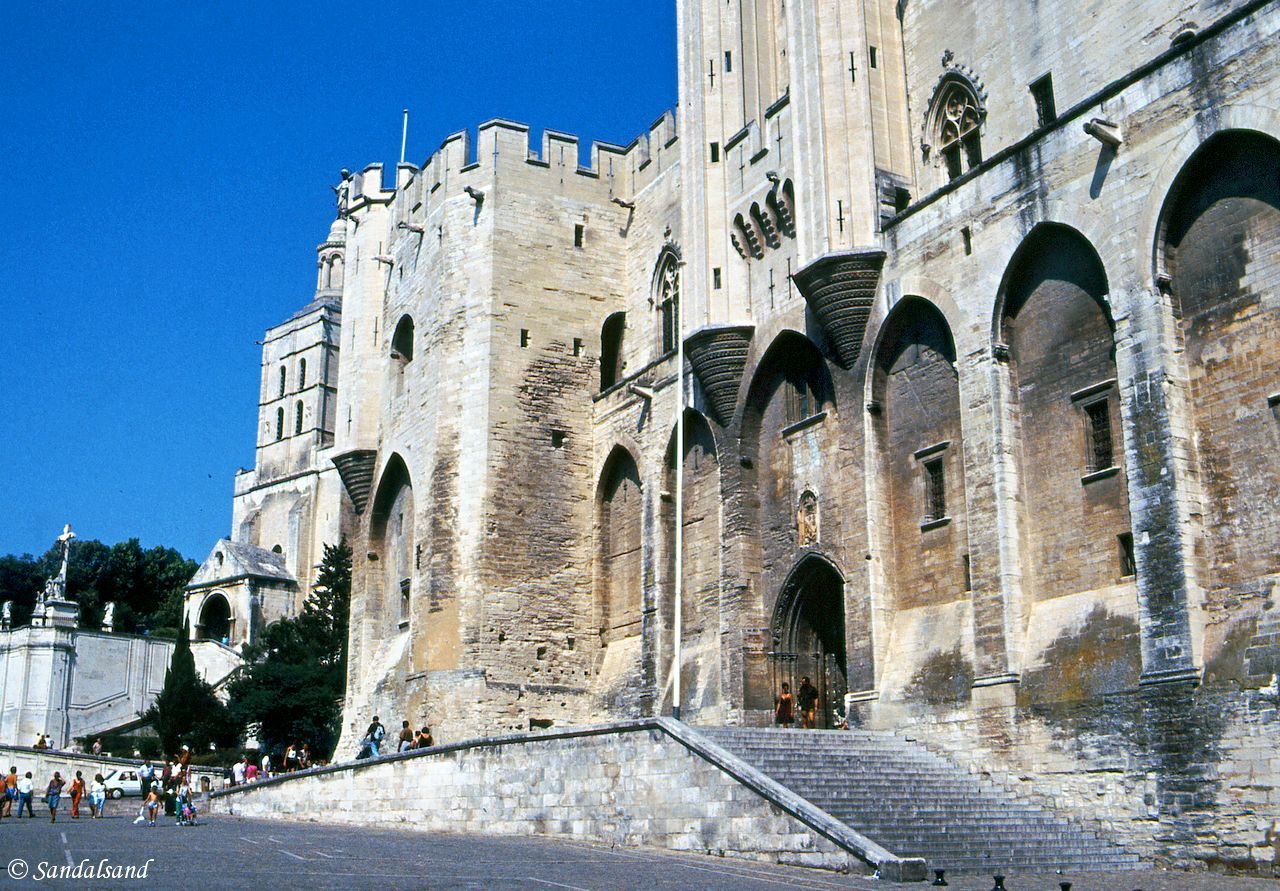Corrupt popes and internal fights for power in Rome lay the grounds for the rise of Avignon as an important town.
The UNESCO World Heritage List includes more than a thousand properties with outstanding universal value. They are all part of the world’s cultural and natural heritage.
Official facts
- Full name of site: Historic Centre of Avignon: Papal Palace, Episcopal Ensemble and Avignon Bridge
- Country: France
- Date of Inscription: 1995
- Category: Cultural site
UNESCO’s World Heritage Centre’s short description of site no. 228:
“In the 14th century, this city in the South of France was the seat of the papacy. The Palais des Papes, an austere-looking fortress lavishly decorated by Simone Martini and Matteo Giovanetti, dominates the city, the surrounding ramparts and the remains of a 12th-century bridge over the Rhone. Beneath this outstanding example of Gothic architecture, the Petit Palais and the Romanesque Cathedral of Notre-Dame-des-Doms complete an exceptional group of monuments that testify to the leading role played by Avignon in 14th-century Christian Europe.”
My visit
I have been to Avignon twice. The first time, in 1991, I described the city like this:
Avignon has an old restored wall around the city at least the old part of it. Within the walls there are narrow streets and alleys. Old brick houses all over.(…)
The popes left years ago Rome and settled here for several generations. They built a large castle right in the middle. It is well maintained. Apart from this the city is known for its bridge where everyone was dancing (“sur le pont d’Avignon etc.”). The bridge is however only half, it doesn’t cross the river (part of the Loire river). The papal palace is a monumental edifice.
Read more about my visits in 1991 and 2000.
Browse to the PREVIOUS or NEXT post in this series.


